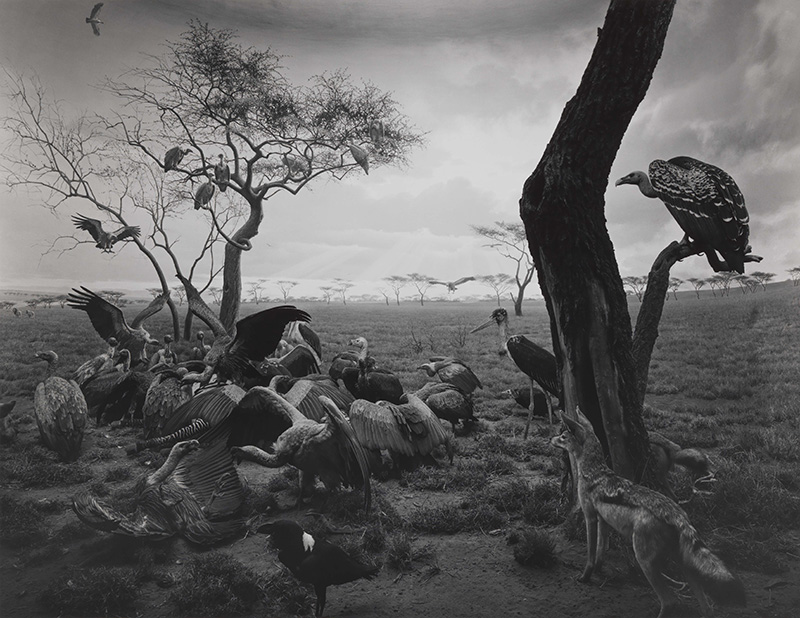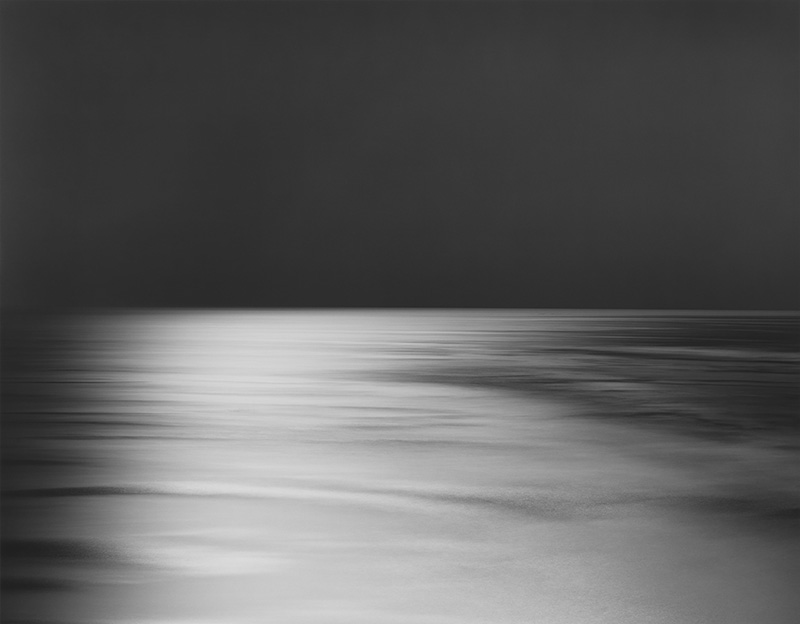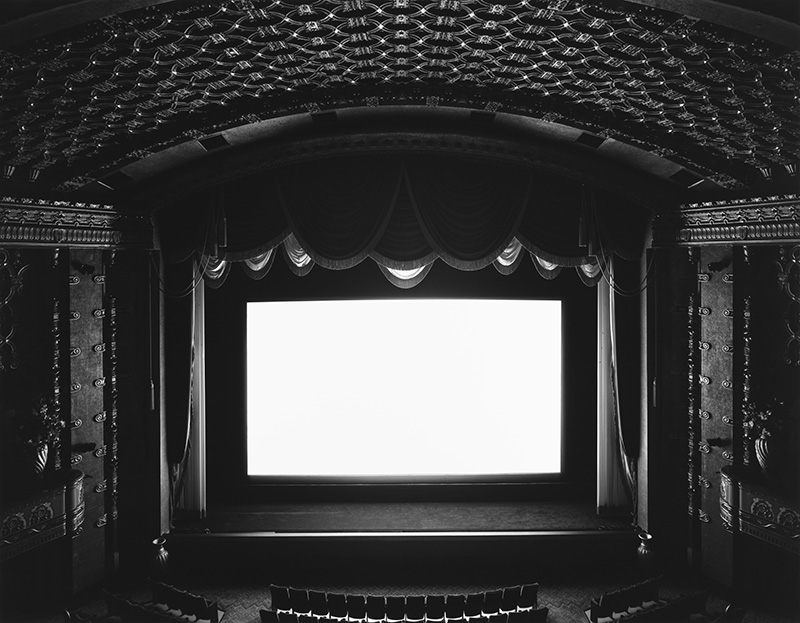PHOTO:Hiroshi Sugimoto-Black Box
 Hiroshi Sugimoto has defined what it means to be a multi-disciplined contemporary artist, blurring the lines between photography, painting, installation, and most recently, architecture. His i photographs have bridged Eastern and Western ideologies, tracing the origins of time and societal progress along the way. Preserving and picturing memory and time is a central theme of Sugimoto’s photography.
Hiroshi Sugimoto has defined what it means to be a multi-disciplined contemporary artist, blurring the lines between photography, painting, installation, and most recently, architecture. His i photographs have bridged Eastern and Western ideologies, tracing the origins of time and societal progress along the way. Preserving and picturing memory and time is a central theme of Sugimoto’s photography.
By Dimitris Lempesis
Photo: Foam Archive
Hiroshi Sugimoto in “Black Box”, his solo exhibition at Foam presents 34 large format photographs divided into 5 sections, each one devoted to the artist’s best known photographic series: “Dioramas” (1976-2012), “Portraits” (1994-1999) and his ongoing series “Theaters” (1976- ), “Seascapes” (1980- ) and “Lightning Fields” (2006– ) that offer a survey of the artist’s last 40 years of artistic activity. Born in Tokyo in 1948, Hiroshi Sugimoto moved to the USA in 1970 to study photography. A multi-disciplinary artist, he works in sculpture, architecture, installation and photography. His interest in art began early. His reading of André Breton’s writings led to his discovery of Surrealism and Dada and a lifelong connection to the work and philosophy of Marcel Duchamp. Central to Sugimoto’s work is the idea that photography is a time machine, a method of preserving and picturing memory and time. A close follower of Ansel Adams’s technical teachings, Sugimoto has rejected digital photography in favor of traditional methods, using them to obtain prints that are notable for their perfect finish and lifelikeness, while also capturing realities that are invisible to the human eye, playing with the gap that arises between what is seen by the eye and processed by the mind. “Dioramas” (1976-2012) comprises photographs of tableaux of pre-historic landscapes, the majority taken in the Museum of Natural History in New York. This was Sugimoto’s first photographic series. “Portraits” (1994-99) comprises studio photographs of historical figures made in wax. These works are highly meditated constructions: in his studio the artist located the wax models against a black background in order to give them an archetypal, larger-than-life appearance. “Theaters” (1976- ) comprises photographs taken in classic and drive-in cinemas. The light reflected on the screens provides the only source of light within the dark interiors, their various decorative elements reflecting Sugimoto’s interest in architecture and aesthetic stylings of time past. “Seascapes” (1980- ) brings together a series of elemental landscapes of the sea and sky taken in different parts of the world. Some were photographed during the day and others at night, some are misty with the horizon barely visible, while others have a crisp clarity that reveals the forms of the waves. Despite the Romantic and almost mystical effect of these works, their titles are objective and documentary, reflecting Sugimoto’s roots in Conceptual Art. Created without a camera, the photographs in “Lightning Fields” (2006- ) record the effects that electrical shocks produce on photographic negatives. In other words, they represent electricity directly applied to photographic film. This series reveals Sugimoto’s fascination with science and natural phenomena, highlighting the connection that exists between the experimentation characteristic of scientific methodology and the procedures used in early photography of the 19Th Century.
Info: Foam, Keizersgracht 609, Amsterdam, Duration 16/12/16-8/3/17, Days & Hours: Mon-Wed & Sat-Sun 10:00-18:00, Thu-Fri 10:00-21:00, https://www.foam.org/



